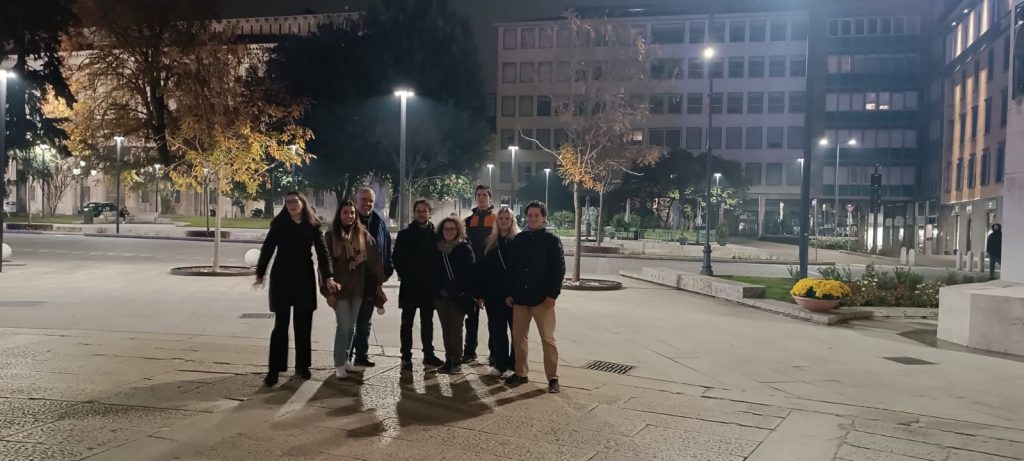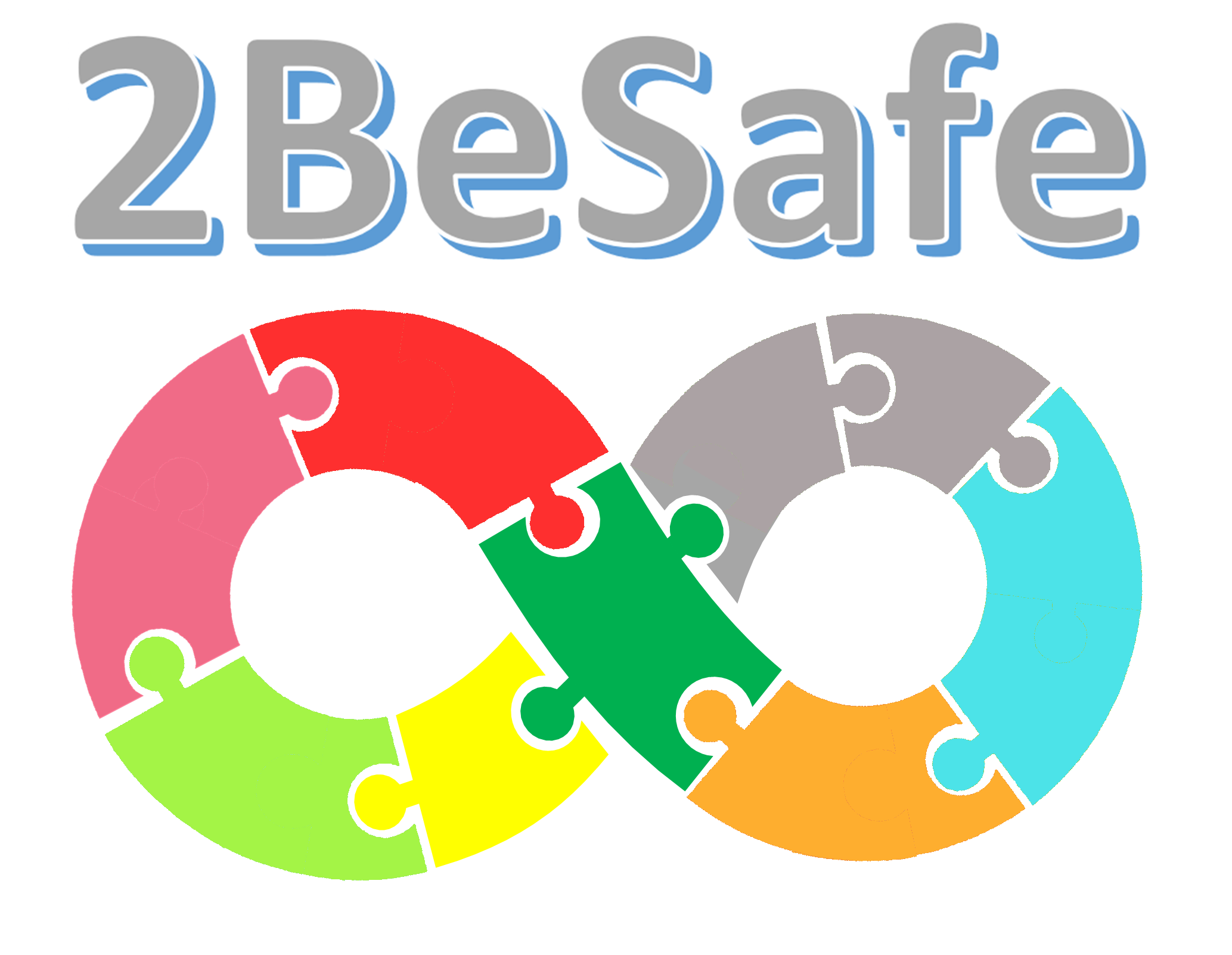
2BESAFE research group members and PhD students Romano Jevtić Rundek and Ante Pilipović, along with postdoctoral researcher and research group member Maja Baniček attended the METIS Workshop on site-specific seismic hazard assessment in Bergamo, Italy, at the congress hall of John XXIII from 14th to 15th November 2023. METIS is a Horizon 2020 project with the goal of developing and improving tools and methods used in seismic assessments of nuclear power plants with regard to safety of operation during earthquakes and introducing these tools and research into practice in the European industry. Seismic hazard and risk assessment are an important part of the project. 2BESAFE project has already attended summer schools organized in the scope of the METIS project and the exchange has been very fruitful with respect to developing the methodology for single-building seismic hazard and risk assessment that is used for the 2BESAFE building typologies. The workshop in Bergamo was organized jointly by the METIS project and the GEM foundation (Global Earthquake Model) with special attention on site-specific probabilistic seismic hazard assessment (PSHA), which is very important when it comes to special buildings such as nuclear power plants, but also for the 2BESAFE project, which implements site-specific hazard for ground motion record selection purposes and development of conditional spectra as target spectra. The themes covered by the workshop included validation of PSHA models, new trends and developments in ground motion modelling, impact of soil conditions at a specific site, comparison of PSHA models with real data etc. Notable was also the presentation of novelties in the OpenQuake engine with respect to seismic hazard calculations. Many PhD students as well as renowned experts in the field of seismic hazard and ground motion modelling attended. This workshop presented an opportunity to reconnect and further develop cooperation with researchers from IUSS, Pavia and NTUA, Athens with regard to ground motion record selection, hazard calculations using the OpenQuake software, and the new detailed OpenQuake engine documentation. It was fruitful for the 2BESAFE project to attend this workshop to stay up to date with the latest developments in the field of seismic hazard assessment, so as to ensure that the methodology used in the 2BESAFE project for the development of new fragility and vulnerability models truly is state-of-the-art.
